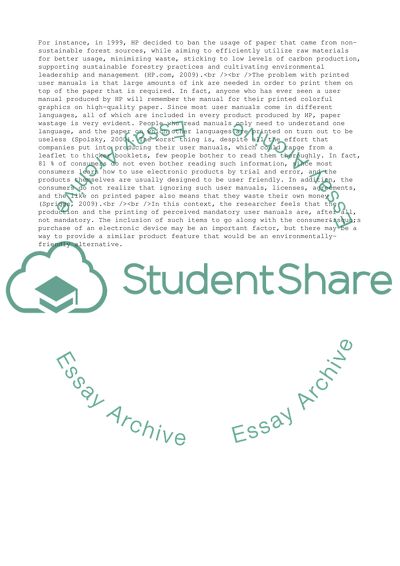Cite this document
(International Sustainable Business: Hewlett-Packard Case Study, n.d.)
International Sustainable Business: Hewlett-Packard Case Study. https://studentshare.org/business/1724877-international-sustainable-business
International Sustainable Business: Hewlett-Packard Case Study. https://studentshare.org/business/1724877-international-sustainable-business
(International Sustainable Business: Hewlett-Packard Case Study)
International Sustainable Business: Hewlett-Packard Case Study. https://studentshare.org/business/1724877-international-sustainable-business.
International Sustainable Business: Hewlett-Packard Case Study. https://studentshare.org/business/1724877-international-sustainable-business.
“International Sustainable Business: Hewlett-Packard Case Study”. https://studentshare.org/business/1724877-international-sustainable-business.


